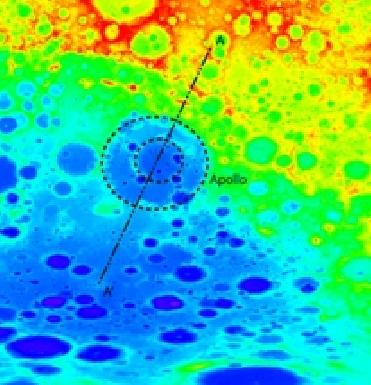
This is elevation map covering the eastern portion of South Pole-Aitken basin, including the Apollo Basin, made using data from Japan�s Kaguya spacecraft. NASA photo
HOUSTON (PTI): Scientists have discovered moon's biggest and deepest crater--some 2,400 kms long and 9 km deep -- using data from a NASA instrument that flew aboard India's maiden unmanned lunar mission Chandrayaan-I.
The US Space agency's Moon Mineralogy Mapper (M3) detected the enormous crater -- the South Pole-Aitken basin -- that was created when an asteroid smacked into moon's southern hemisphere shortly after the formation of earth's only natural satellite.
"This is the biggest and deepest crater on the moon -- an abyss that could engulf the United States from the East Coast through Texas," said lead researcher Noah Petro of NASA's Goddard Space Flight Center in Greenbelt.
According to Petro, who had presented his result on Thursday at the Lunar and Planetary Science meeting in this city in Texas, "The impact of the asteroid collision punched into the layers of the lunar crust, scattering that material across the moon and into space".
"The tremendous heat of the impact also melted part of the floor of the crater, turning it into a sea of molten rock," NASA said.
That was just an opening shot. Asteroid bombardment over billions of years has left the lunar surface pockmarked with craters of all sizes, and covered with solidified lava, rubble, and dust, it added.
Moon Mineralogy Mapper was one of 11 instruments onboard Chandrayaan-I.
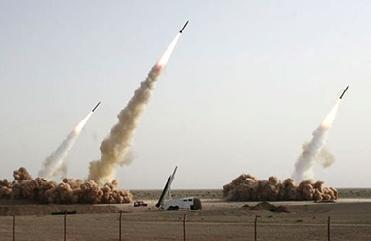 Previous Article
Previous Article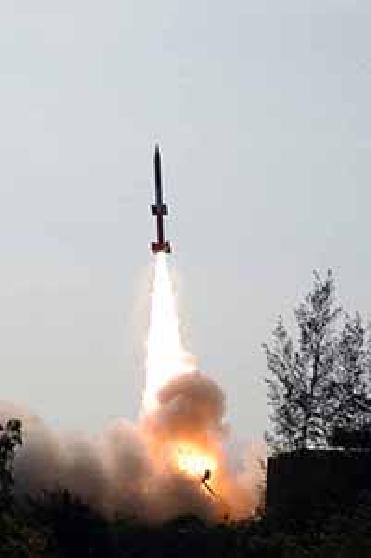 Next Article
Next Article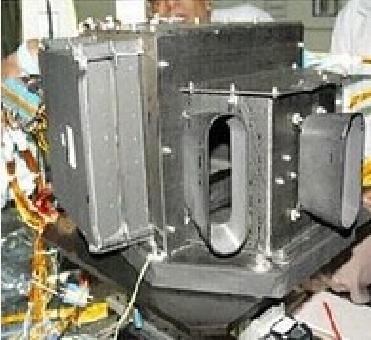
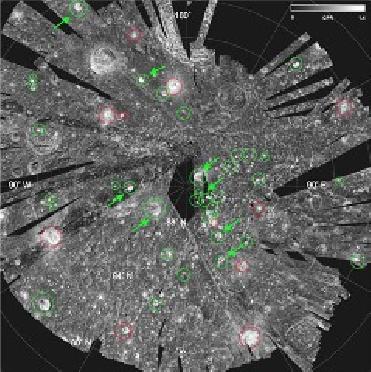
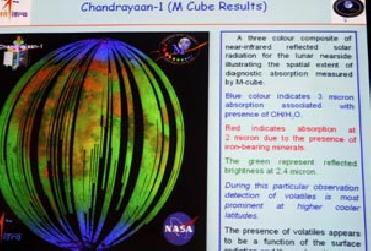
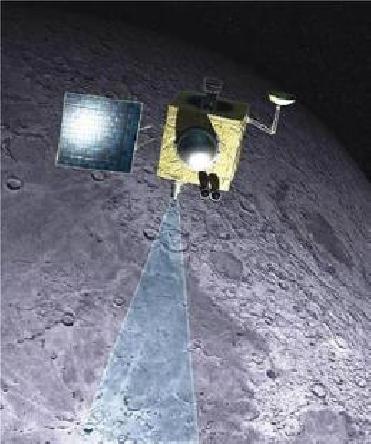










The Indian Air Force, in its flight trials evaluation report submitted before the Defence Ministry l..
view articleAn insight into the Medium Multi-Role Combat Aircraft competition...
view articleSky enthusiasts can now spot the International Space Station (ISS) commanded by Indian-American astr..
view article